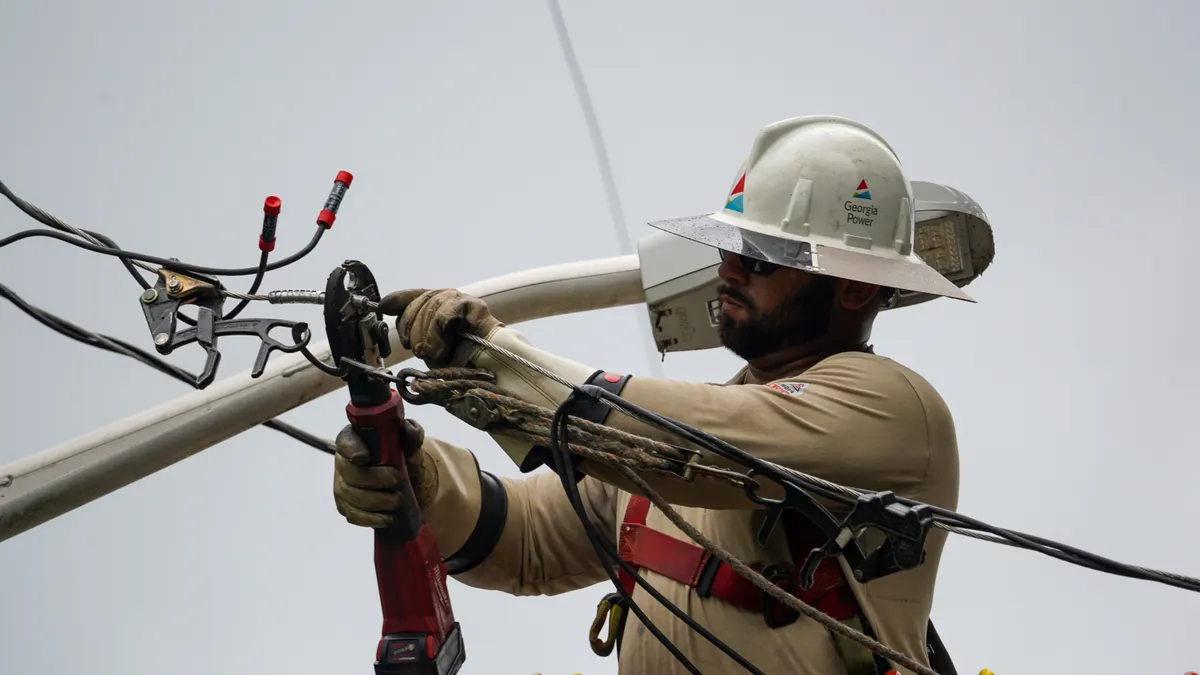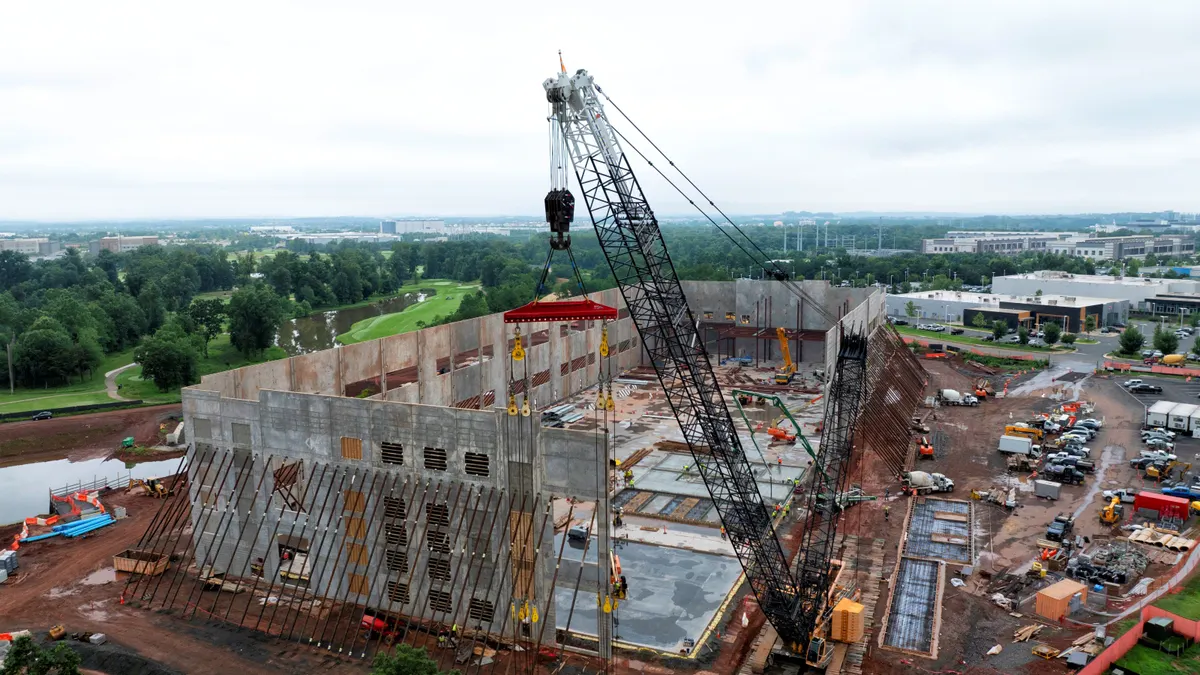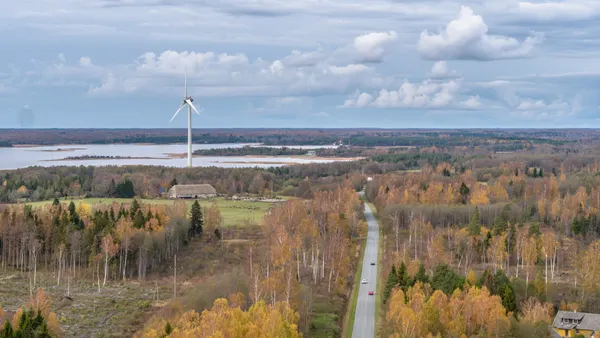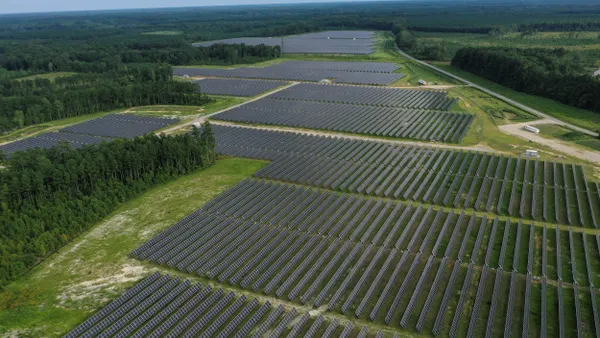Dive Brief:
- North Carolina's renewables industry has been quickly developing solar gardens for several years, and the state ranks third for solar energy production in the United States, but economic, structural and geographic limitations could bring the growth to a halt, according to The Raleigh News & Observer.
- The newspaper reports on limitations to the state's solar industry, including substations which are at capacity, the loss of a state subsidy to pay for upgrades, and a dearth of appropriate farmland that can be transformed into solar gardens.
- The state now has more than 2,000 MW of installed solar capacity and roughly 1,700 MW of that is committed to Duke Energy. Because of declining subsidies, however, developers are beginning to look for new customers for solar power.
Dive Insight:
North Carolina has been lauded for its forward-thinking solar policies, at least in regards to its utility-scale installations. But increasingly restrictions on the resource have emerged, and now it appears that the swift growth is maxing out infrastructure as well.
The Raleigh News & Observer takes a look at restrictions on North Carolina's solar industry, asking whether a mix of limitations in the state means the industry is, at least for now, maxed out.
Three primary factors are beginning to slow growth, the paper reports: substations in rural areas are at capacity, North Carolina’s 35% tax credit on solar production expired last year, and the state is running out of inexpensive farmland on which to site the projects.
N.C. Clean Energy Technology Center executive director Stephen Kalland told the paper he expects a slowdown in development within three to five years. “We’re going to run out of places to put ever larger solar systems,” Kalland said. “The projects will get bigger but they will be fewer of them, but the net will continue to grow for a few more years.”
All of these difficulties are interconnected: the expired tax credit was the primary way in which substation upgrades were paid for, while it is farmland near those substations which is now in short supply.
According to the Solar Energy Industries Association, there are more than 200 solar companies working in North Carolina and in 2015, the state installed 1,140 MW of solar electric capacity, ranking it second nationally. North Carolina has grown by 187% over the last year, according to SEIA.
"In 2015, $1.689 billion was invested on solar installations in North Carolina," the group said. "This represents a 159% increase over the previous year, and is expected to grow again this year. The 2,294 MW of solar energy currently installed in North Carolina ranks the state third in the country in installed solar capacity. "
But the state is also considering legislation that would put limits on where renewable energy projects can be sited. Legislation proposed in May, Senate Bill 843, would require a utility-scale wind or solar installation to be built at least a 1.5 miles from any nearby property line. The proposal is designed to address complaints from constituents about the safety, appearance and adverse effects on property values of renewables installations.














